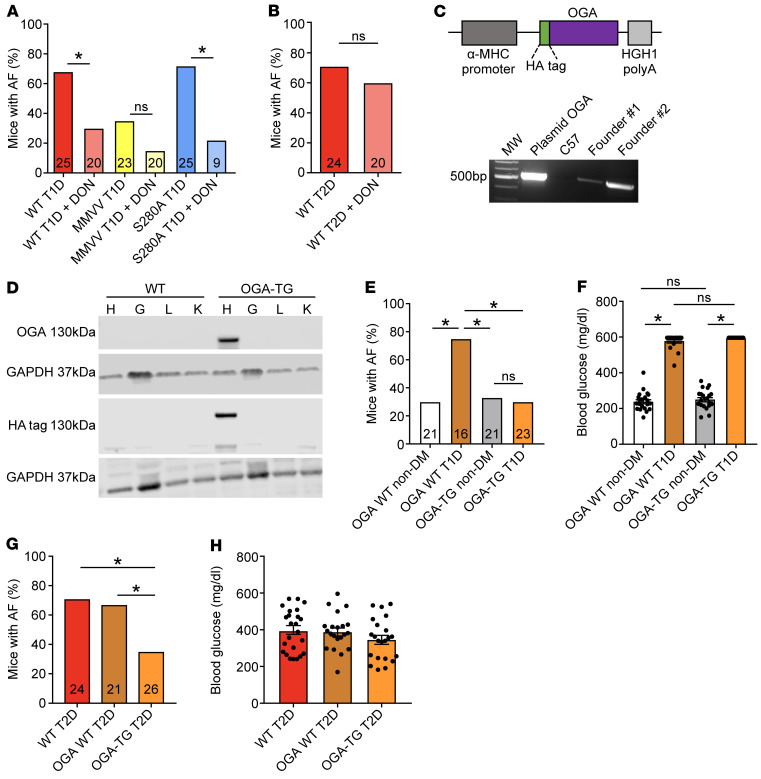Figure 6. Targeted OGN inhibition is protective against atrial fibrillation susceptibility in type 1 and type 2 diabetes.
(A) DON pretreatment (5 mg/kg i.p.) protected from AF in T1D WT and S280A mice, with no additional protection in T1D MMVV mice. (B) DON pretreatment did not protect from AF in T2D WT mice. (C) Schematic of the OGA (O-GlcNAcase) transgene construct with the α-myosin heavy chain (α-MHC) promoter, HA epitope marker, and human growth hormone polyA signal (HGH1) (top). PCR product validation of OGA transgene expression in 2 founder pups (OGA-transgenic mice, OGA-TG). The line with the higher OGA expression was chosen for further experiments (bottom). (D) Western blot for OGA transgene and HA epitope expression in heart (H), gastrocnemius muscle (G), liver (L), and kidney (K) from WT and OGA-TG mice. (E) OGA-TG mice were protected from enhanced AF in T1D. (F) OGA-TG mice had similar blood glucose levels as WT littermates under T1D and nondiabetic conditions. (G) OGA-TG were protected from enhanced AF in T2D. (H) OGA-TG mice had similar blood glucose levels as WT T2D mice. DON, 6-diazo-5-oxo-L-norleucine; AF, atrial fibrillation; DM, diabetes mellitus; T1D, type 1 DM; T2D, type 2 DM. Data are represented as percentage frequency distribution (A, B, E, and G) and mean ± SEM (F and H). The numerals in the bars represent the sample size in each group (A, B, E, and G). Statistical comparisons were performed using 2-tailed Fischer’s exact test with Holm-Bonferroni correction for multiple comparisons (A, B, E, and G), 1-way ANOVA with Tukey’s multiple-comparison test (F and H). (*P < 0.05). WT T1D (A) and T2D (B, G, and H) data sets are control data previously presented.

